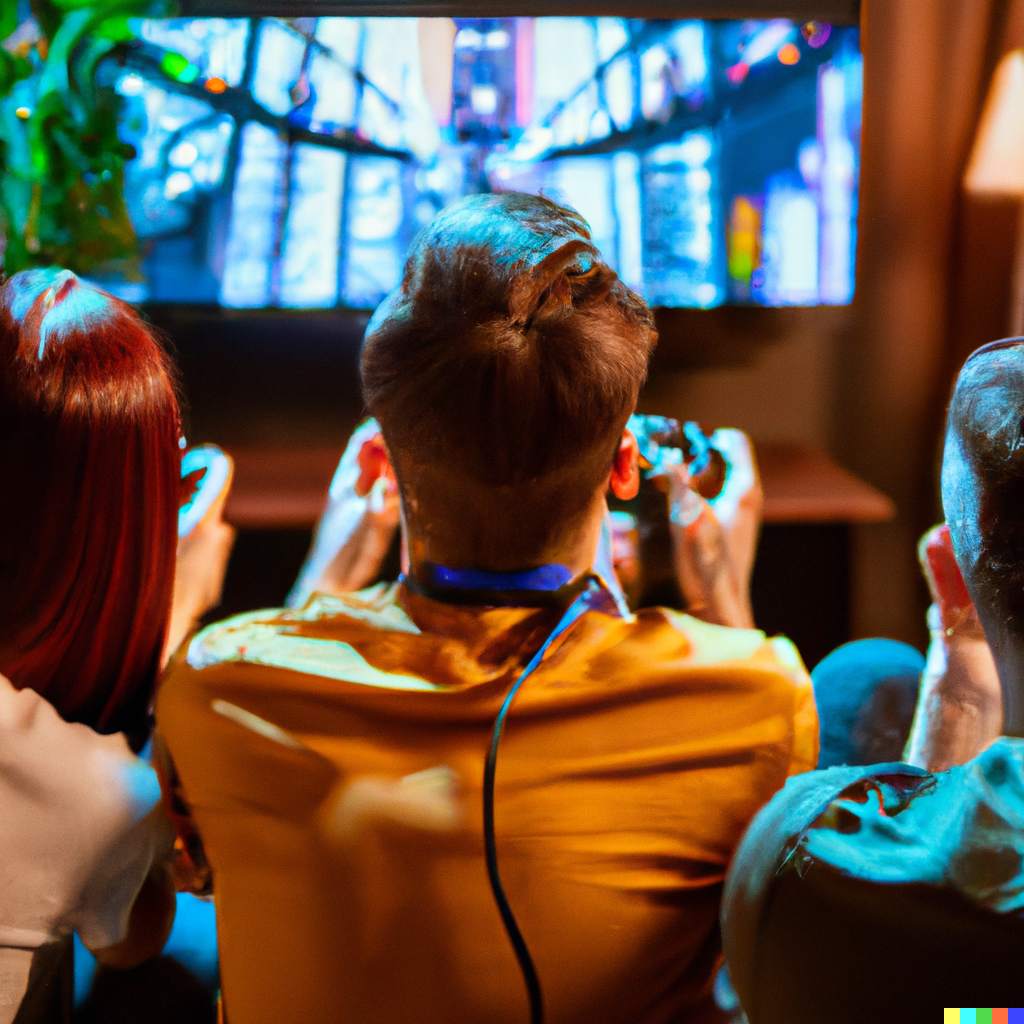Introduction
AI Voice cloning technology has been gaining popularity in recent years, and for good reason. With the ability to create realistic and natural-sounding voices, businesses can now leverage this technology to enhance their customer experience and improve their bottom line. In this blog post, we'll explore three practical tips for using AI voice cloning technology to boost your business. So whether you're a small business owner or a large corporation, read on to learn how you can take advantage of this game-changing technology.
Types of AI voice cloning technology
Text-to-speech synthesis is a sort of AI voice cloning technology. In order to do this, a computer program that can read text aloud in a certain voice must be developed. To produce speech that resembles a particular person's voice, the program examines the text and applies algorithms. This can be helpful for developing personal voice interfaces or more realistic virtual assistants.
Voice conversion is a different subset of AI voice cloning. This is taking a vocal recording of a person and altering it with algorithms to create a different voice. This can help create text-to-speech software that sounds more realistic by, for instance, changing a robotic voice into a more human-sounding one.
Prime Voice AI
Prime Voice AI is an example of a product which is a game-changer in AI voice cloning technology. This sophisticated and adaptable software created by Eleven uses deep learning models to produce human-like intonation and inflection with unmatched fidelity. The generation of high-quality spoken audio in any voice and style for a variety of applications, including narrative, news stories, newsletters and blogs, audiobooks, and more, is now possible for content producers, publishers, and developers.
One of Prime Voice AI's key benefits is its capacity to produce emotions and laughter in AI-generated voices, which makes the audio content more interesting and lifelike. Using the tool's generative model, users can also copy already-existing voices from samples or build brand-new synthetic voices from start.
Also, the program provides a cutting-edge text-to-speech (TTS) model that enables users to turn any written work into flawless professional audio at a fraction of the time and cost often associated with recording. Moreover, Prime Voice AI includes a voice lab where users may clone and build artificial voices as well as a Projects workstation where users have complete control over the creative process and can guide and edit narration.

How AI cloning technology can improve your business?
Here are 3 practical tips on how your business can benefit from this cutting-edge technology:
Personalized Customer Support
AI voice cloning technology can be utilized to build virtual assistants that can offer customers customer care that is tailored to their needs. The virtual assistant can serve clients in a more personalized and effective way by mimicking a company representative's voice. It is possible to program the virtual assistant to respond to frequently asked inquiries, offer information about the products, and even address consumer concerns. This may boost customer retention and improve customer satisfaction.
Audio Marketing
Audio commercials can be produced using AI voice cloning technology that seem more realistic and interesting. The ability of the technology to duplicate a firm spokesperson's or brand ambassador's voice helps strengthen connections with the target market. This may help to raise brand recognition, foster trust, and eventually enhance sales.
Language Localization
Audio content can be globalized for many locales and languages using AI voice cloning technology. To produce audio material that resonates better with the local audience, a business can, for instance, clone the voice of a local spokesperson or star. This can help to build brand awareness across several geographies and boost the efficacy of marketing campaigns.
How far are we?
Users can currently clone their own voices or already-existing voices from samples using the voice cloning tool. We may state that we are quite advanced in this field based on the fact that the tool uses a cloning model that can learn any speech profile based on just a minute of audio, without the requirement for training.
To examine and understand the voice rhythms, intonation, and other speech traits of the target voice, deep learning models are used. The cloned voice that emerges is incredibly realistic and suitable for a range of uses, including voice acting in video games and other media as well as audiobooks and podcasts.
Additionally, the product offers a voice lab with more sophisticated features for voice cloning and artificial voice generation. With the help of this function, users can generate brand-new synthetic voices from scratch or alter pre-existing voices to produce distinctive and individualized sounds. The voice lab feature is very sophisticated and needs some technical know-how, but it gives users a lot of flexibility and creative freedom to produce original and compelling audio content.
Conclusion
In conclusion, AI voice cloning technology imitates and mimics a person's speech using artificial intelligence algorithms. With the aid of this technology, a computer program may listen to audio recordings of individuals and then produce fresh speech that sounds just like them. With the help of deep learning models, which study and learn speech patterns and voice patterns, it is now possible to copy existing voices from samples or even an individual's own voice. The cloned voices that are produced are incredibly realistic and can be used in a variety of contexts, including podcasts and audiobooks. Those who wish to produce original and captivating audio material have more flexibility and creativity thanks to sophisticated features like voice labs.
Lately, we also published a list of AI tools which streamline and accelerate everyday work, check on here.
 en
en  pl
pl 












